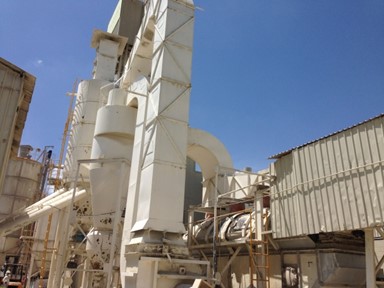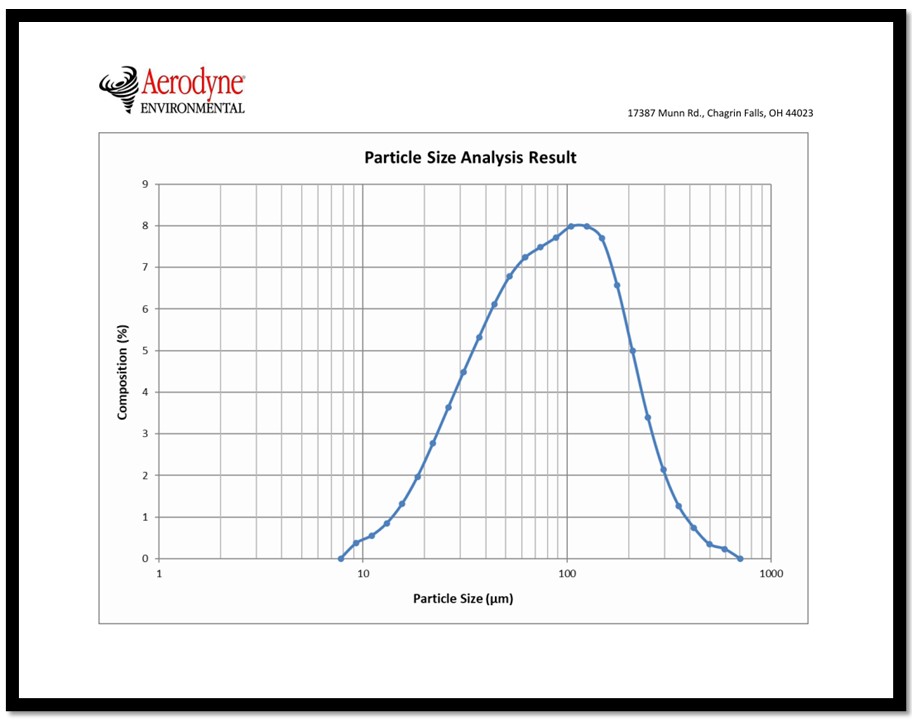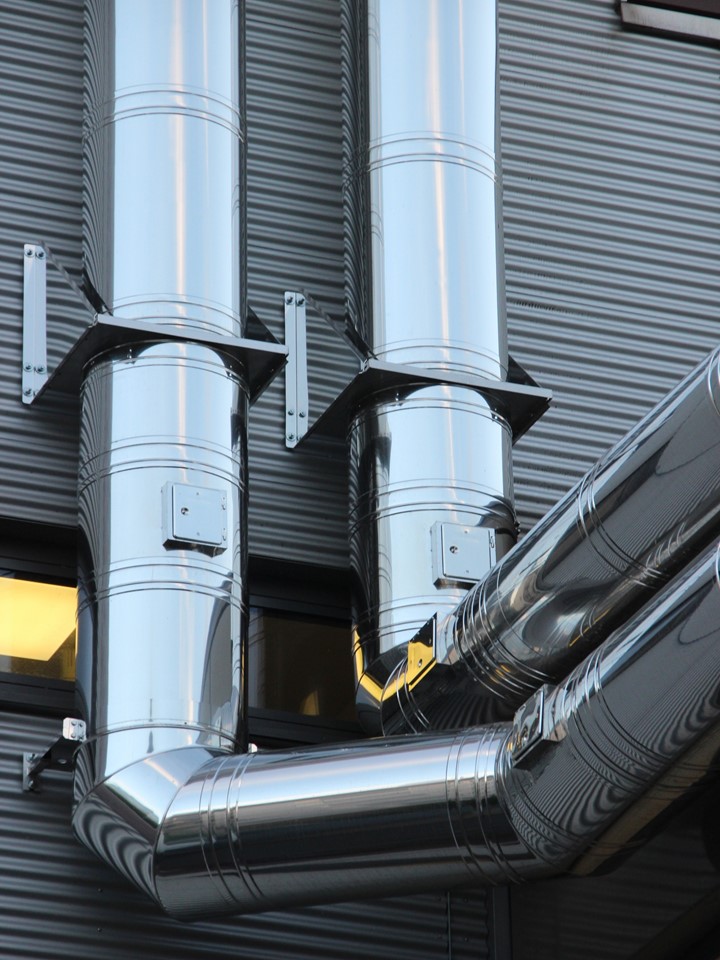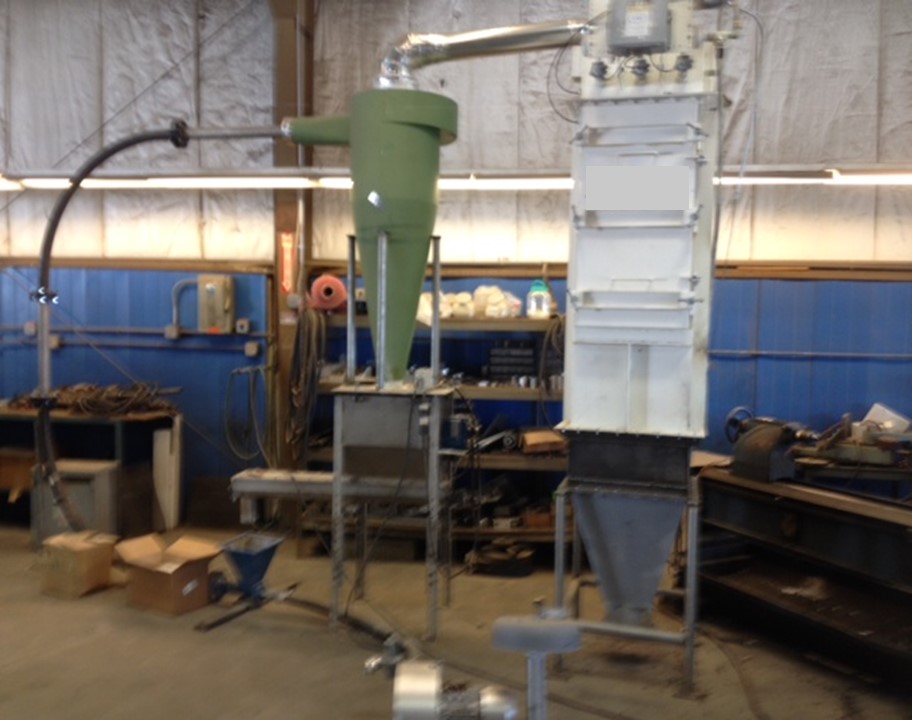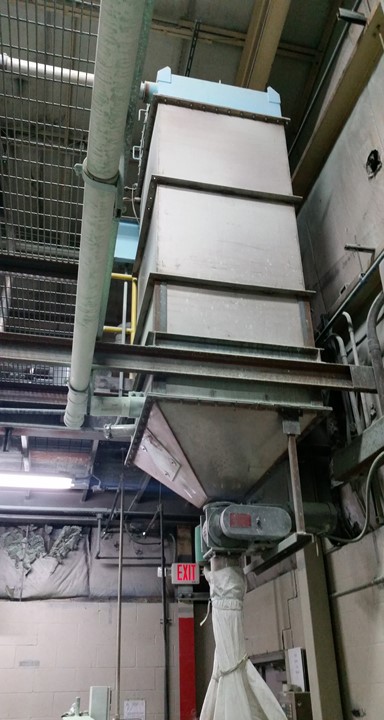Dust collectors can be used for a variety of reasons. Some dust collectors are placed around applications that create dust such as saws, grinders, lathes, etc. The dust collector system is used to pull air from the area producing the dust via a hood and through some ductwork until it gets to the dust collector. The dust collector then separates the dust from the air. The cleaned air is then vented out of the dust collector through an exhaust fan and either outside or back to the facility. Other dust collectors are used to clean the air in a facility. The dust collector collects air away from the equipment and processes generating the dust. Many times this air is collected up near the ceiling of the facility. The air is then sent through the dust collector and vented outside or back into the building.
Whenever possible, you should try to capture the dust as close to the process generating the dust as you can. The reason is it is easier to capture the dust closer to where it is generated. If you are collecting the air near the dust generation equipment you will not have to collect as much air, which allows you to size a much smaller system, thereby saving money on capital expenses and operational expenses. Whereas if you are trying to capture the dust away from where it is generated, you will have to process more airflow to capture the dust.
However, there are times that you cannot place hoods right by the dust generating equipment. In those situations you will need to design your dust collection system so that it is big enough to capture the dust while keeping it as small as possible. This might mean building special hoods, using curtains, etc. all to help minimize the airflow required while maximizing the dust entrainment.
Dust collectors can also be used in vacuum systems. A vacuum system allows you to vacuum up dust around the facility without using portable vacuums. This might be advantageous when dealing with explosive applications, since most portable vacuums aren’t rated for explosive applications. And with the NFPA specifications requiring housekeeping of the dust facilities as a main action item, having vacuum systems for explosive dust is desirable.
To learn more about which dust collector, please contact our experts at 440-543-7400 or visit our website: www.dustcollectorhq.com.
To improve efficiency and safety, there is no substitute for an on-site inspection by an experienced expert. Click below to start with a free 20-minute phone consultation by clicking the button.

